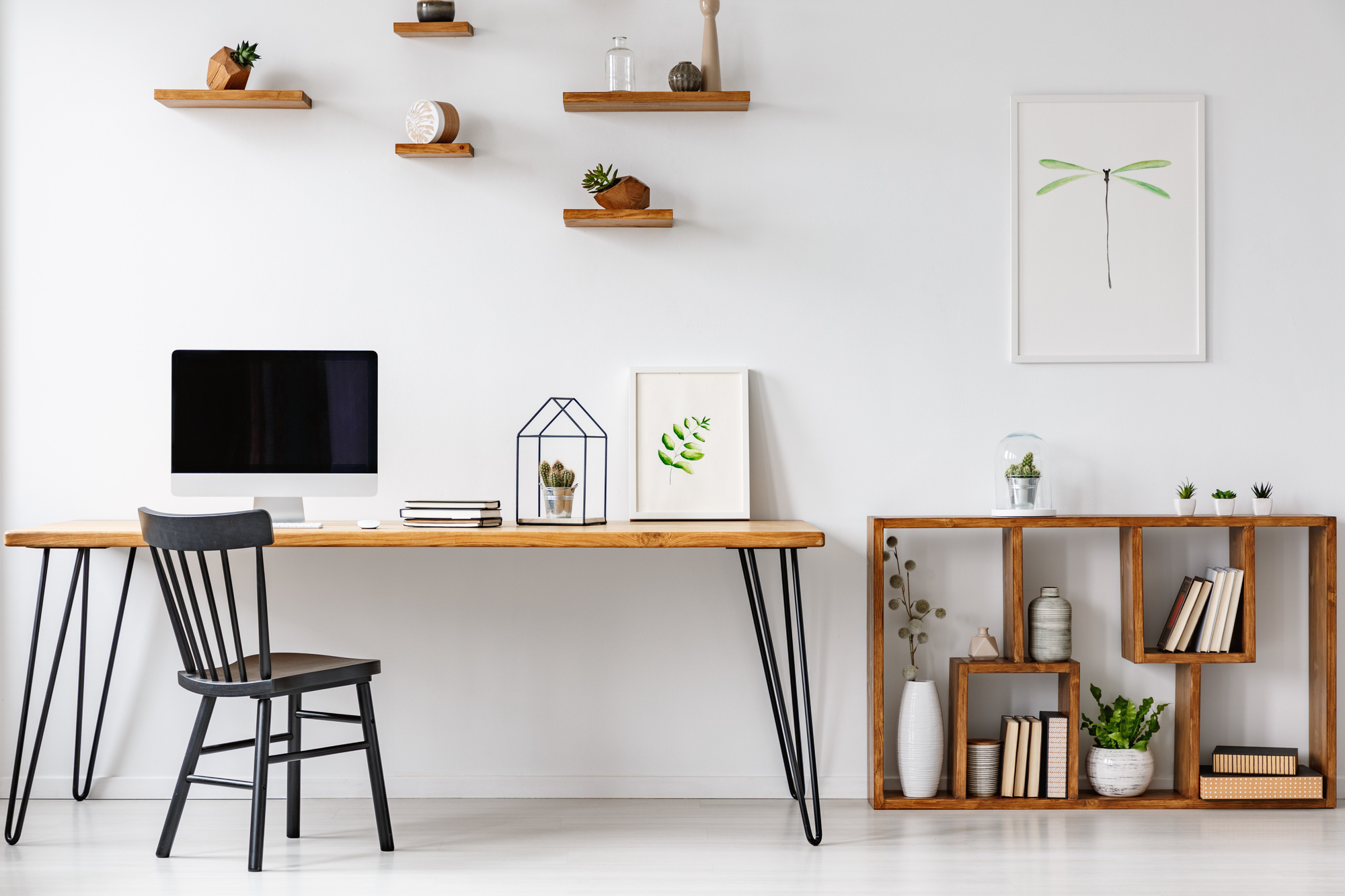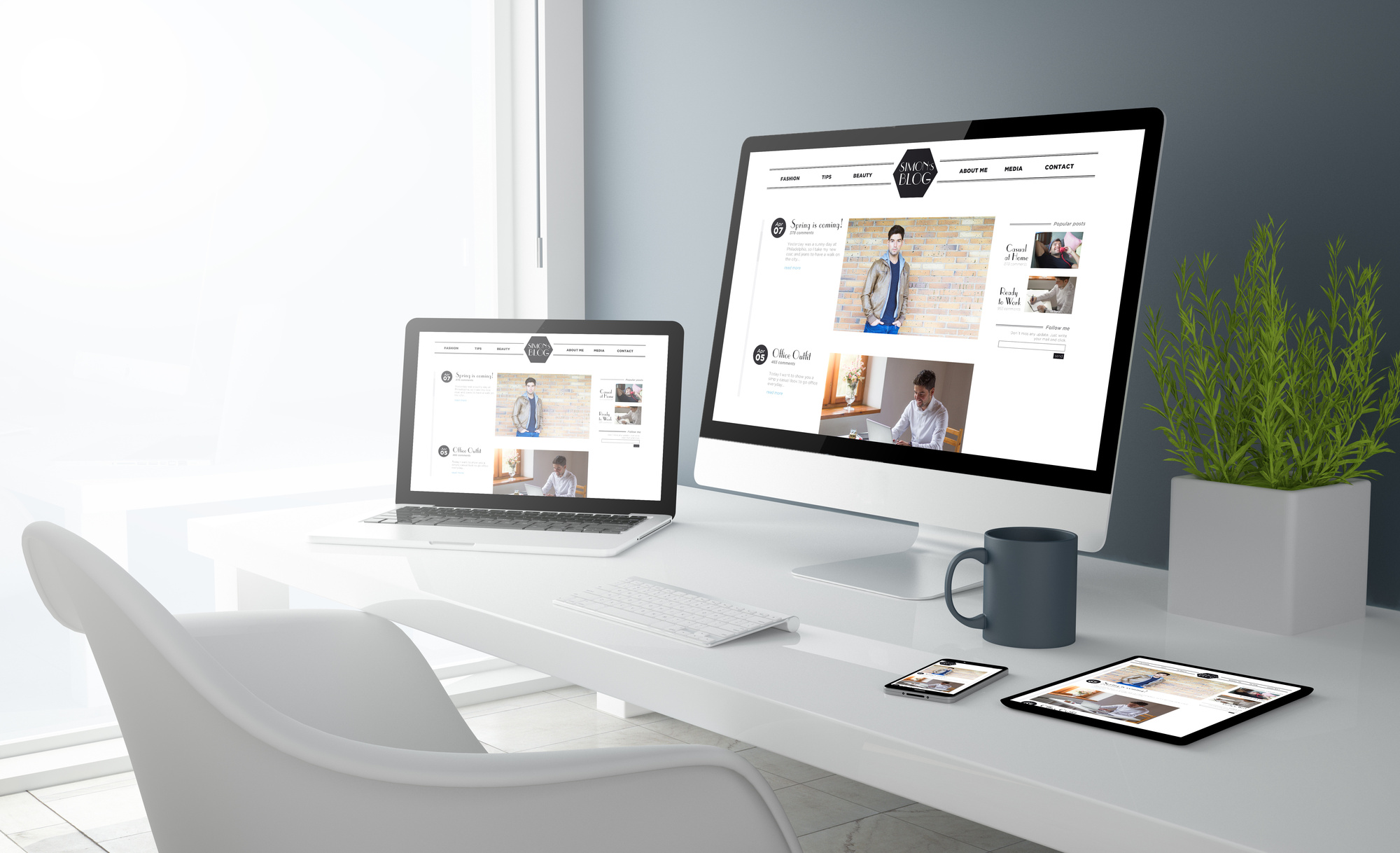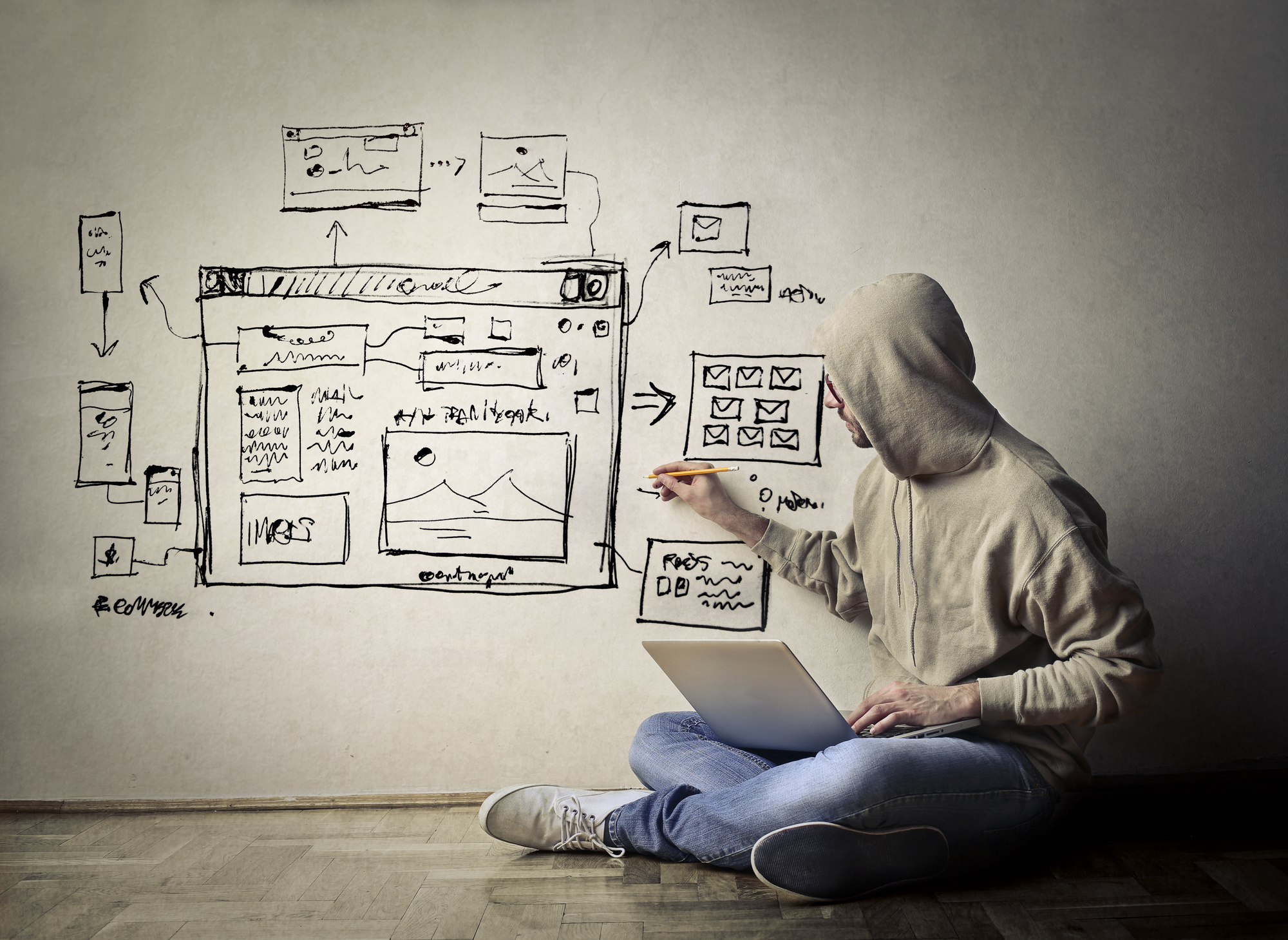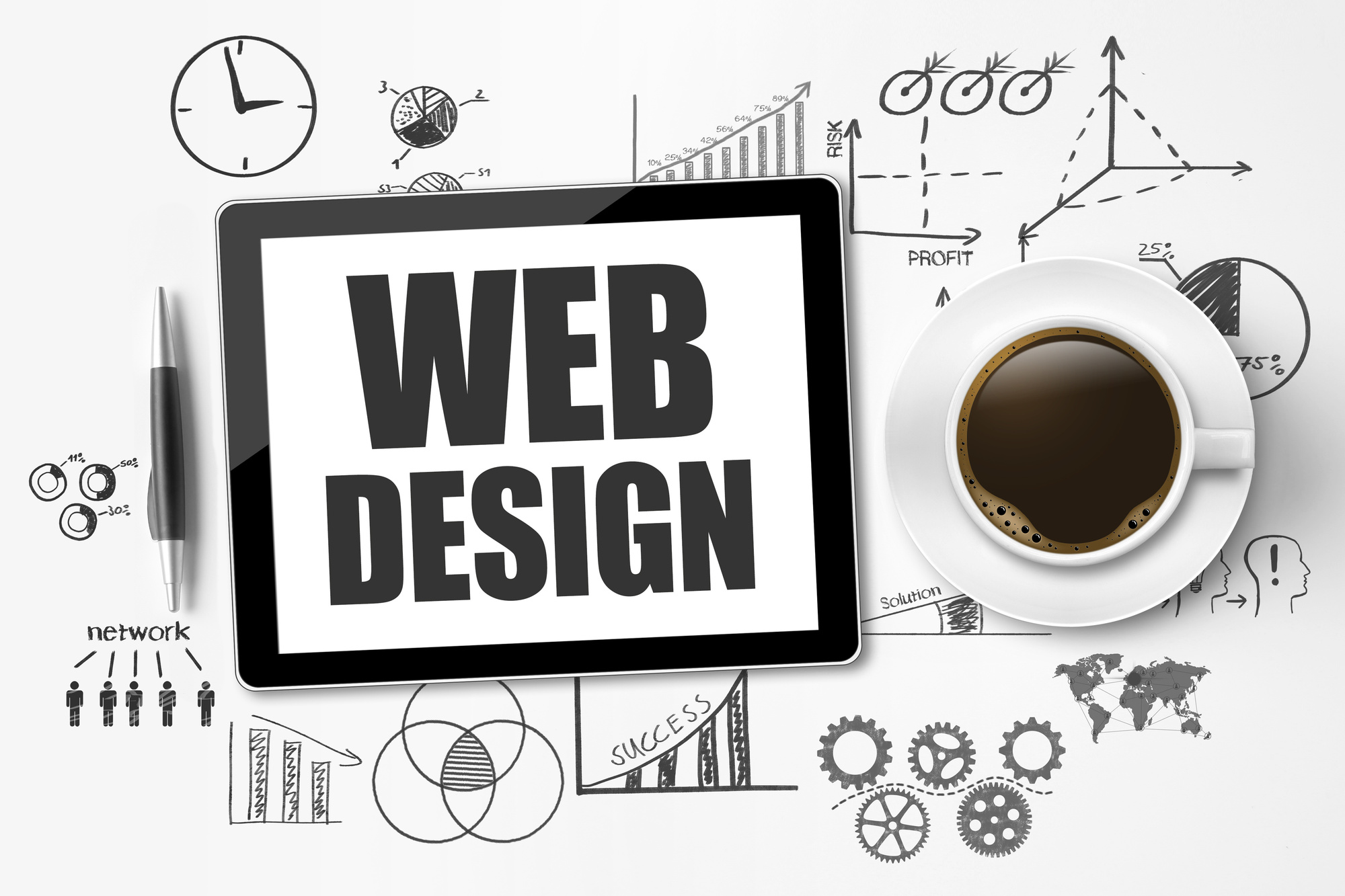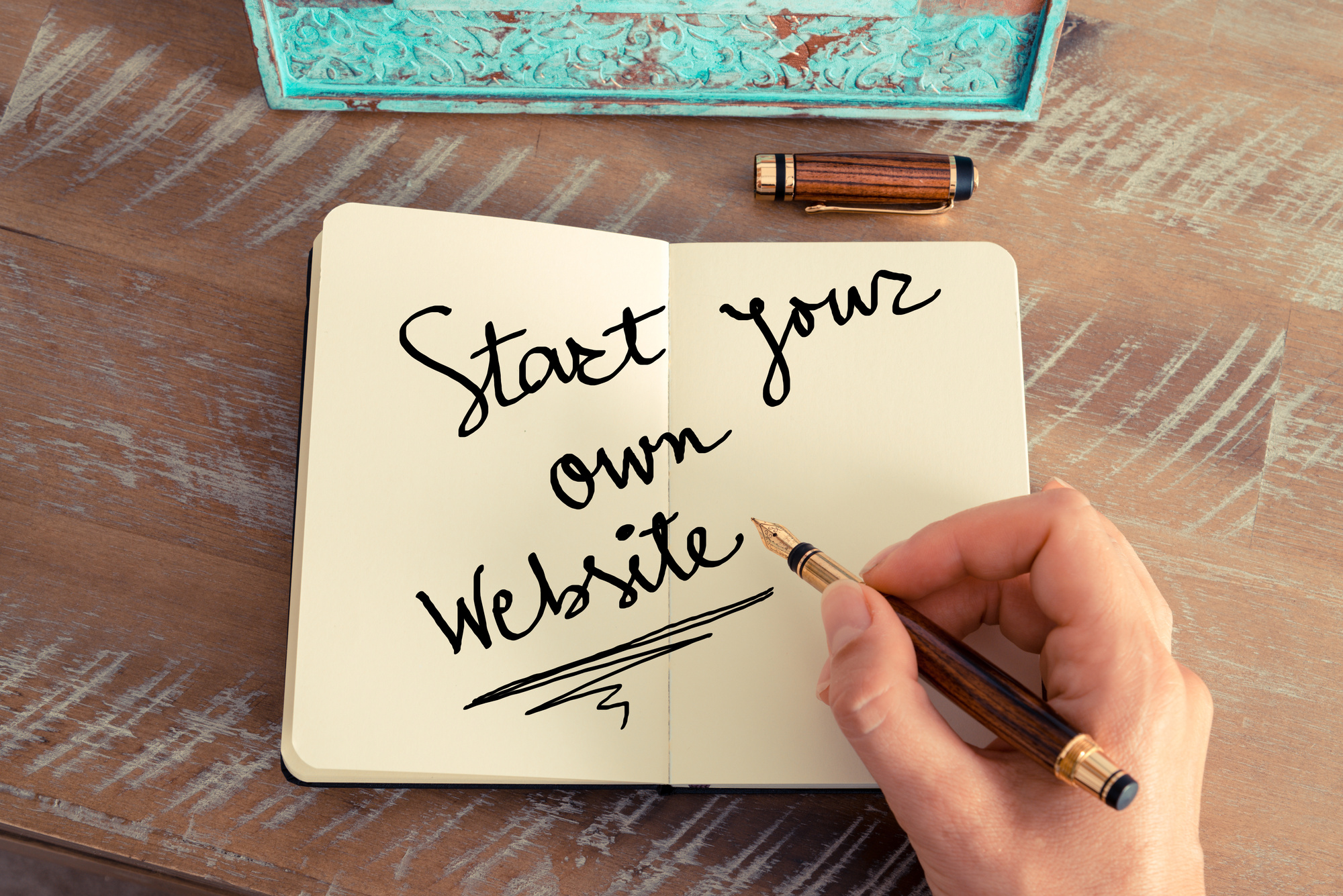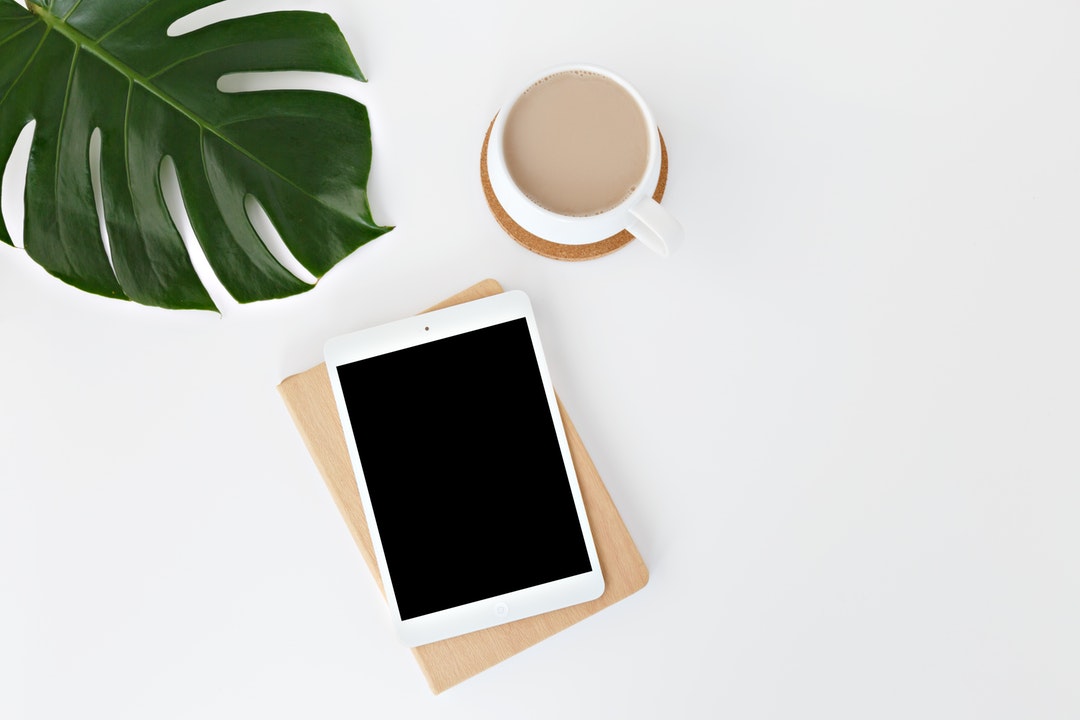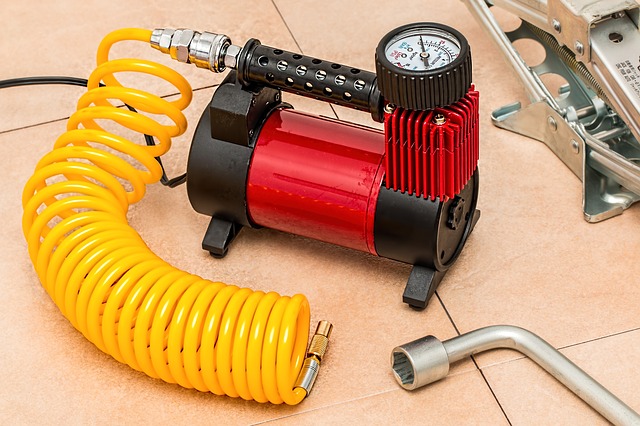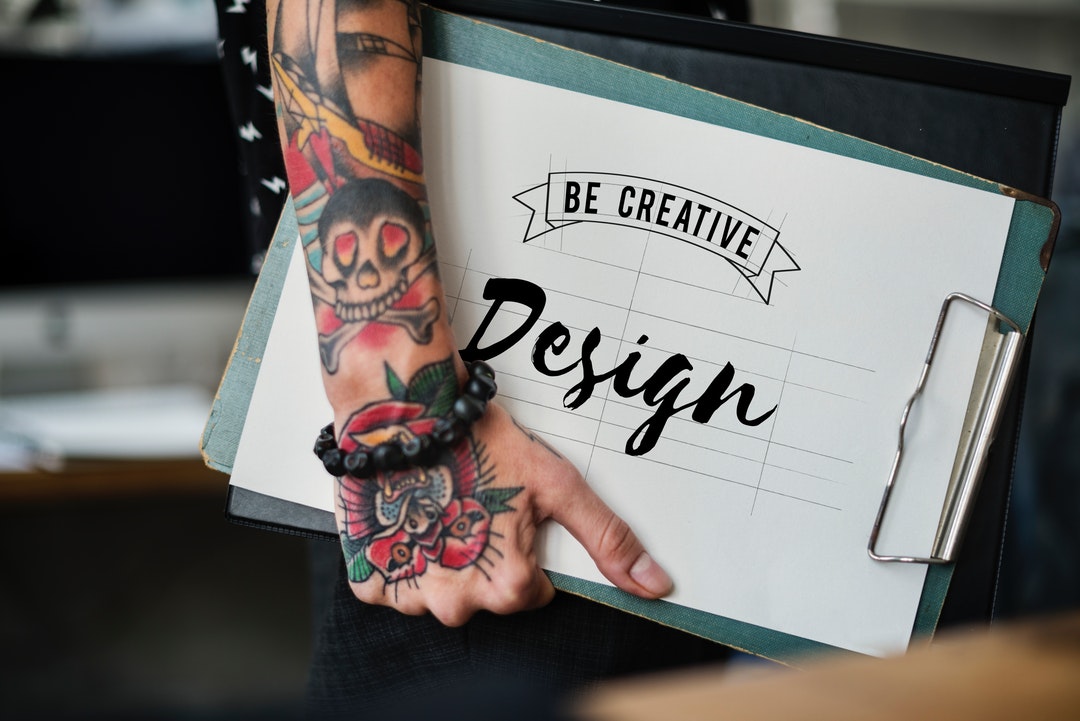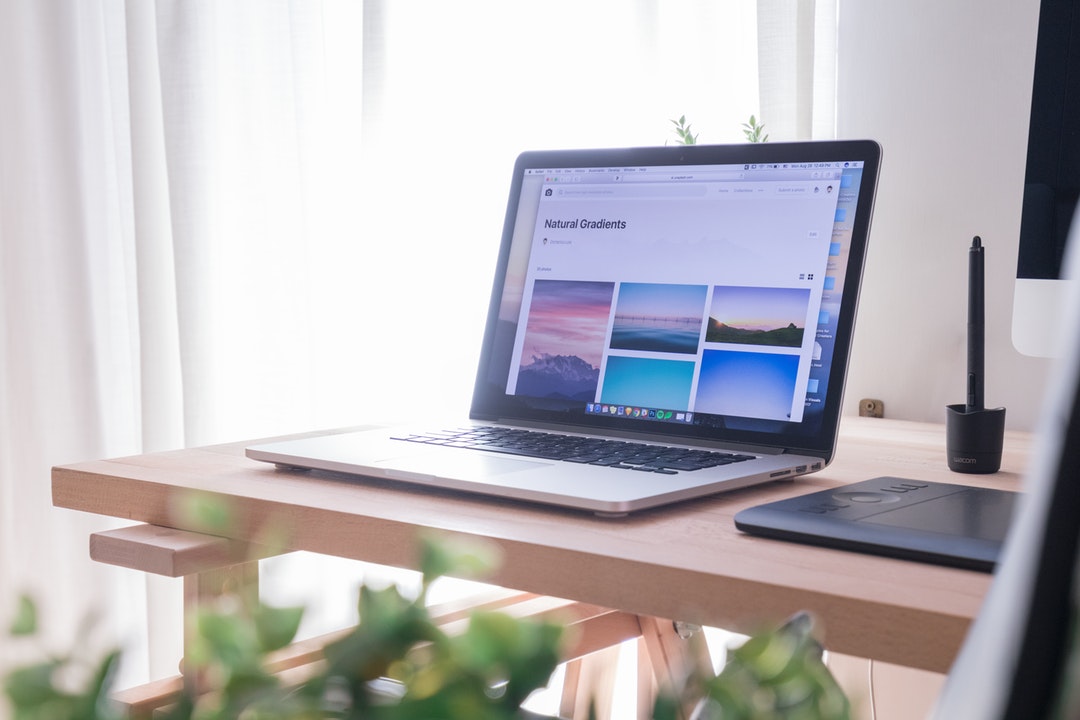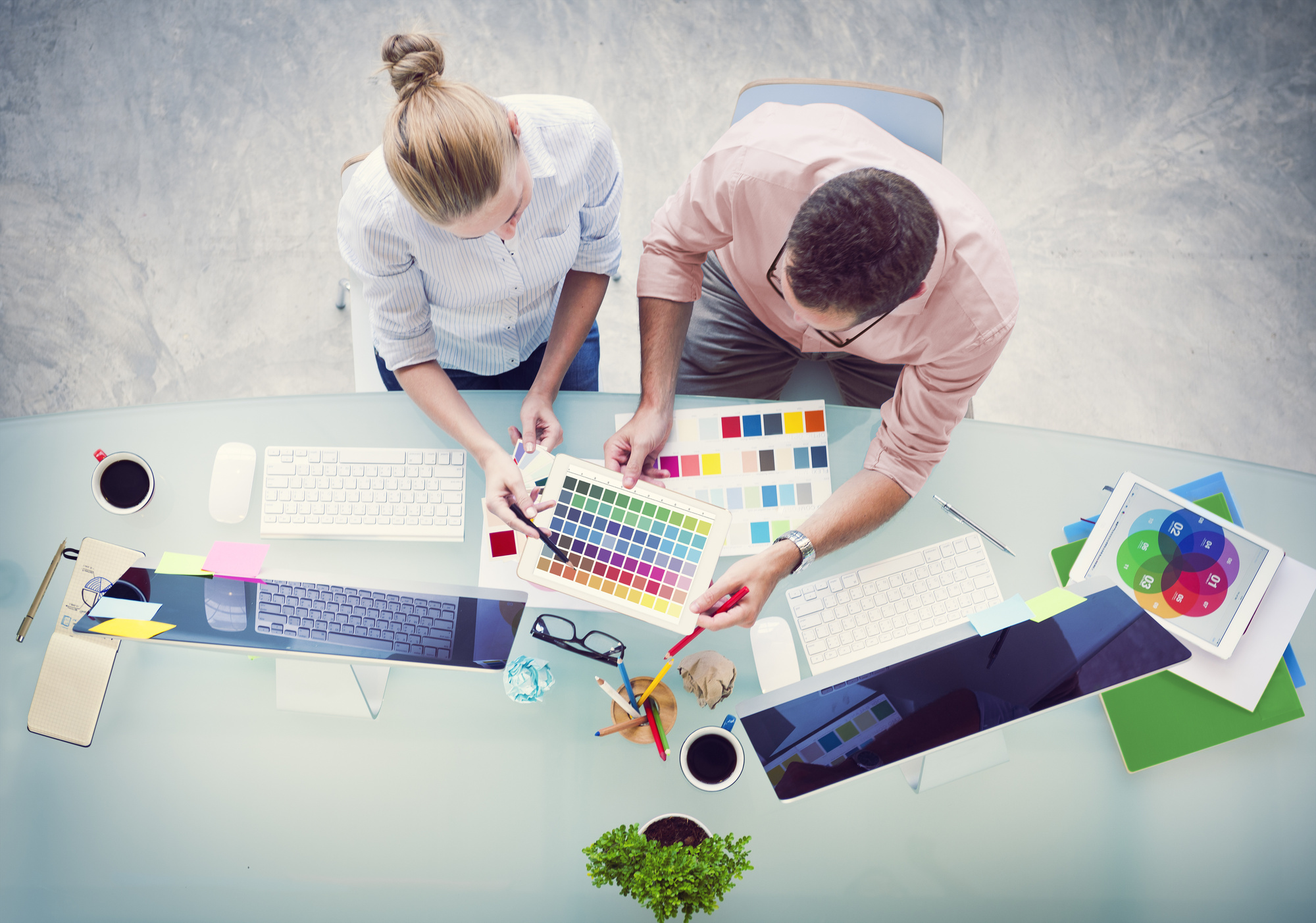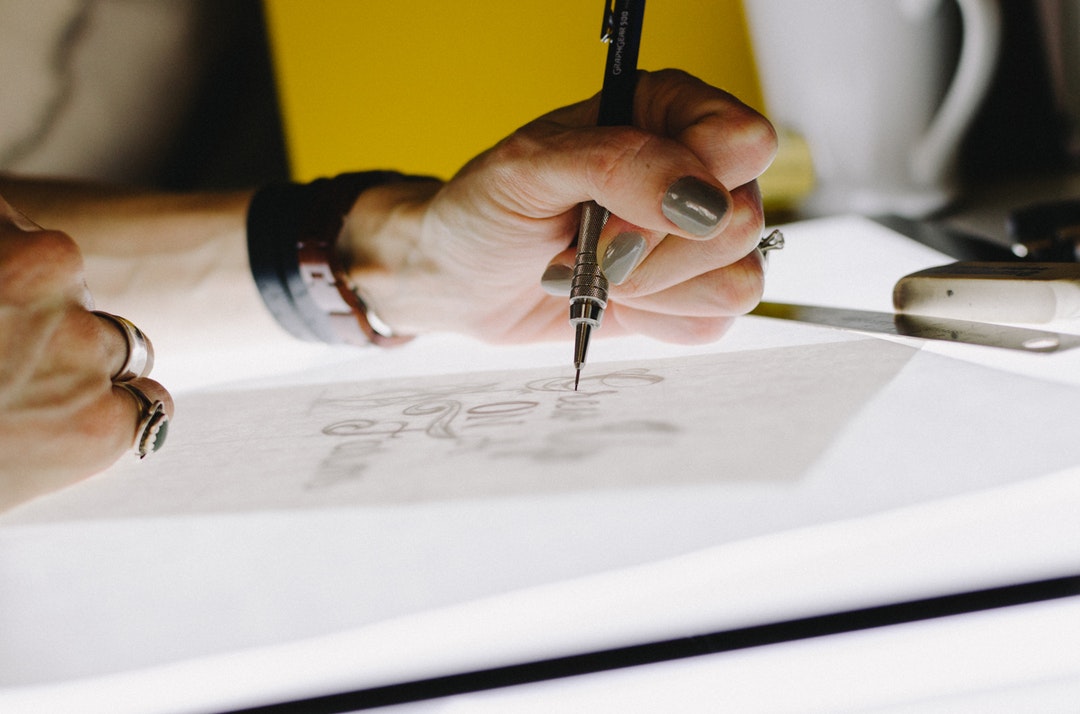Graphic design: The art of profession of visual communication that combines images, words, and ideas to convey information.
When we think of graphic design, we automatically assume it’s a modern-day career. But, graphic design can be found in early cave paintings dating back 15,000 years.
Think of the caveman drawing pictures on the wall to communicate where others can find food.
Today, graphic design gets used in a more technical way.
Whether you’re creating a banner or a feature film, there are a lot more types of graphic design than you think. Check out the top 8 types of graphic design.
Why We Need Graphic Designers
In today’s ever-changing digital world, graphic designers are a must. Every business, whether small or large should invest in a good graphic designer. They can increase sales, help gain attention, and make brands memorable to consumers.
Not sure what kind of graphic designer you need? Here’s a list a few different kinds you may want to invest in.
1. Marketing
When we think of graphic designers in the traditional sense, we think of marketing and advertising.
Marketing is an essential part of any business plan. For a company to make any marketing or advertising campaign successful, they need to know their target audience. A successful campaign will reach people based on their needs and wants of certain products.
This is where the graphic designer comes in. A good designer must know who they are advertising and how to do it effectively. A good graphic designer is able to engage their audience by communicating through visual content.
2. Corporate Branding
There’s no question that building a brand is essential for any business. Having a strong brand will bring greater value to your company than any other asset. It’s up to a visual identity graphic designer to help you build that brand.
A brand is basically the relationship between a company and their audience. Corporate branding is done through logos, color palettes, typography, and images that all align with the company and individual personalities.
Designers will often set visual guidelines to ensure the brand is consistent through all future content. This helps the brand to remain strong and memorable.
3. Web and Interface
Basically, this designer focuses on how a consumer interacts with the company online. The goal of an interface graphic designer is to make any online interaction a positive experience.
This is done by make the website user-friendly on a computer, tablet, or smartphone. Some interface graphic designers will also get assigned to create an app for the company.
Considering how much time we all spend online, it’s important to put resources into a good website. A solid website and app can help attract potential consumers and increase sales.
For example, if you have a pharmaceutical website, providing links for certain tests and medications, may be helpful. View here for an example that best illustrates an interface graphic designer’s work.
Because this type of graphic designer builds websites and apps, knowledge of programming languages, such as HTML, JavaScript, and CSS is a must.
4. Print and Publication
Publication graphic design is basically anything that is printed. This includes:
- Books
- Newspapers
- Brochures
- Magazines
- Catalogs
Even though there’s been a significant increase in digital publishing, there’s still room for publications.
Publications graphic designers often work with editors and publishers to create layouts that are visually appealing. They work with typography, photography, and graphics.
These publications are then produced in mass numbers and distributed. A publications graphic designer must pay attention to detail because once it’s sent to the printers, there’s no changing it!
5. Motion
The first type of motion graphic design was probably a flip-book. Motion graphic design is basically any graphics that are in motion. This includes animations, videos, and even GIFs.
There are many different techniques when it comes to motion graphic design. Often storyboards are created and presented to a committee who will decide if changes need to be made.
Once the designer gets the green light, anything from 3D modeling to film to traditional art can be used to create the motion.
Motion graphic designs are often used to create more emotion. When sound, text, time, and space are all added to a product, it can be much more compelling.
6. Labels and Packaging
We never judge a book by its cover. Or do we?
Let’s be honest, sometimes we buy a product because it’s wrapped in a really pretty box. Packaging graphic design is responsible for that.
Every product has some sort of packaging. This packaging has been carefully designed with the consumer in mind. They consider what colors, scents, and textures will draw their target audience to their product.
An important part of packaging design is the label.
How well does the label sell the products? Is it easy to read? Does it have the most important information about the product?
Most importantly, will it stand out from the competitors?
7. Environmental
Environmental graphic design connects people with the physical space they are in. This can get done by making the space more memorable by using signs or wall murals.
Environmental graphic designs need to be aware of places that consumers spend their time. It may be an actual store or a stadium. In these cases, the environment and atmosphere must meet the expectations of the customer and create a fluid experience.
Sometimes environmental graphic designers need to place signs and landmarks so consumers can find what they need without confusion.
These designers use anything from architecture, interior, or landscape designs to accomplish their design goals. They must be familiar with many different design concepts and be able to read and sketch plans.
8. Illustration and Art
Illustrations in graphic designs is a unique skill. Illustrators are artists who can draw and come up with original artwork. These artists produce many things from fine art to children’s books to graphic novels.
Illustrators can also be used for commercial use. They create:
- T-shirt designs
- Games
- Stock images
- Infographics
- Concept art
If you want something original and unique, you may want to look into getting a graphics illustrator.
Wrapping Up Types of Graphic Design
Trying to figure out the right types of graphic design for your business can get overwhelming. By knowing the different types, you’ll have an easier time finding the right person for the job.
Still have questions? Don’t hesitate to contact us! We’re here to help you with any design questions or concerns you may have.

